Convert Excel to Google Sheets: Quick and Easy Guide

Transitioning from Microsoft Excel to Google Sheets can be a seamless process with the right steps. Whether you're moving to a cloud-based environment for collaboration or just exploring new tools, this guide will walk you through the process, highlighting why you might choose Google Sheets and how to make the most of it.
Why Switch to Google Sheets?

Google Sheets offers several advantages over Excel:
- Cloud-based: Access your spreadsheets from any device with an internet connection.
- Real-time Collaboration: Multiple users can edit a document simultaneously.
- Free Access: With a Google account, Sheets is free to use, making it ideal for businesses or individuals looking to save on software costs.
- Integration: Easily integrates with other Google Workspace tools like Docs, Gmail, and Google Drive.
How to Convert Excel to Google Sheets
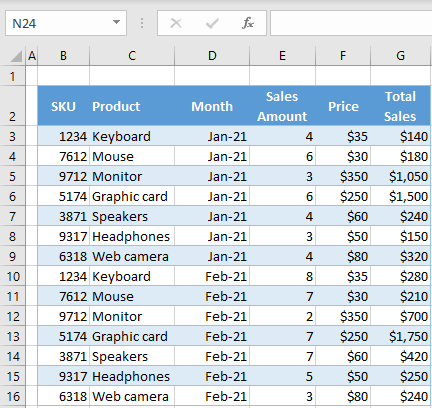
The conversion process is straightforward:
1. Prepare Your Excel File
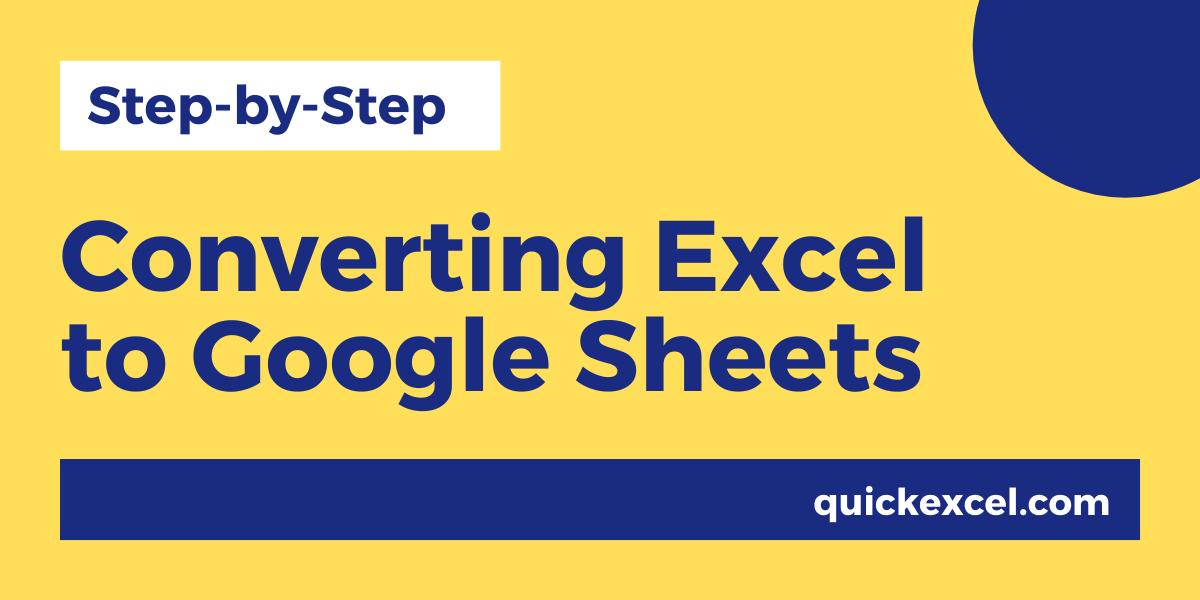
Ensure your Excel file is ready for conversion:
- Check for any unsupported formulas or functions that might not translate well to Sheets.
- Save the Excel file in the .xlsx format for best compatibility.
💡 Note: If your Excel file contains macros or advanced VBA scripts, they will not transfer to Google Sheets.
2. Upload to Google Drive

To begin, navigate to Google Drive:
- Click on New in the top left corner.
- Select File upload and choose your Excel file from your computer.
- Wait for the upload to complete.
3. Convert to Google Sheets

After uploading:
- Locate the uploaded file in Google Drive.
- Right-click on the file, select Open with > Google Sheets.
- Google Sheets will import and convert the Excel file automatically.
4. Review and Edit
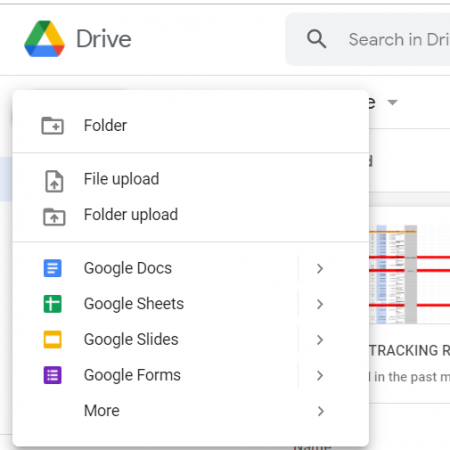
Once your file is open in Google Sheets:
- Review the data to ensure everything has transferred correctly.
- Use the Explore feature for data analysis or the Charts tab for visualizations.
🔍 Note: For large datasets, it might take a few moments for the data to fully load.
5. Collaboration and Sharing

Now you can:
- Share the document with others directly from Google Sheets.
- Set permissions for viewers, commenters, or editors.
- Work on the sheet simultaneously with your team.
Tips for Working with Google Sheets

Here are some tips to enhance your experience with Google Sheets:
- Keyboard Shortcuts: Familiarize yourself with Google Sheets shortcuts for faster navigation and editing.
- Add-ons: Explore and install add-ons to extend the capabilities of Sheets, like mail merge or project management tools.
- Scripts: Google Sheets supports Google Apps Script, a JavaScript-based language for automation.
- Version History: Use this feature to track changes over time, which is invaluable for collaborative projects.
By following these steps, you've successfully transitioned from Excel to Google Sheets. This move not only provides you with a robust, cloud-based tool but also introduces you to a suite of features designed for real-time collaboration and integration with other Google services. As you continue to work with Google Sheets, explore its advanced features to leverage its full potential, enhancing both productivity and collaborative efficiency.
Can I Convert Google Sheets Back to Excel?
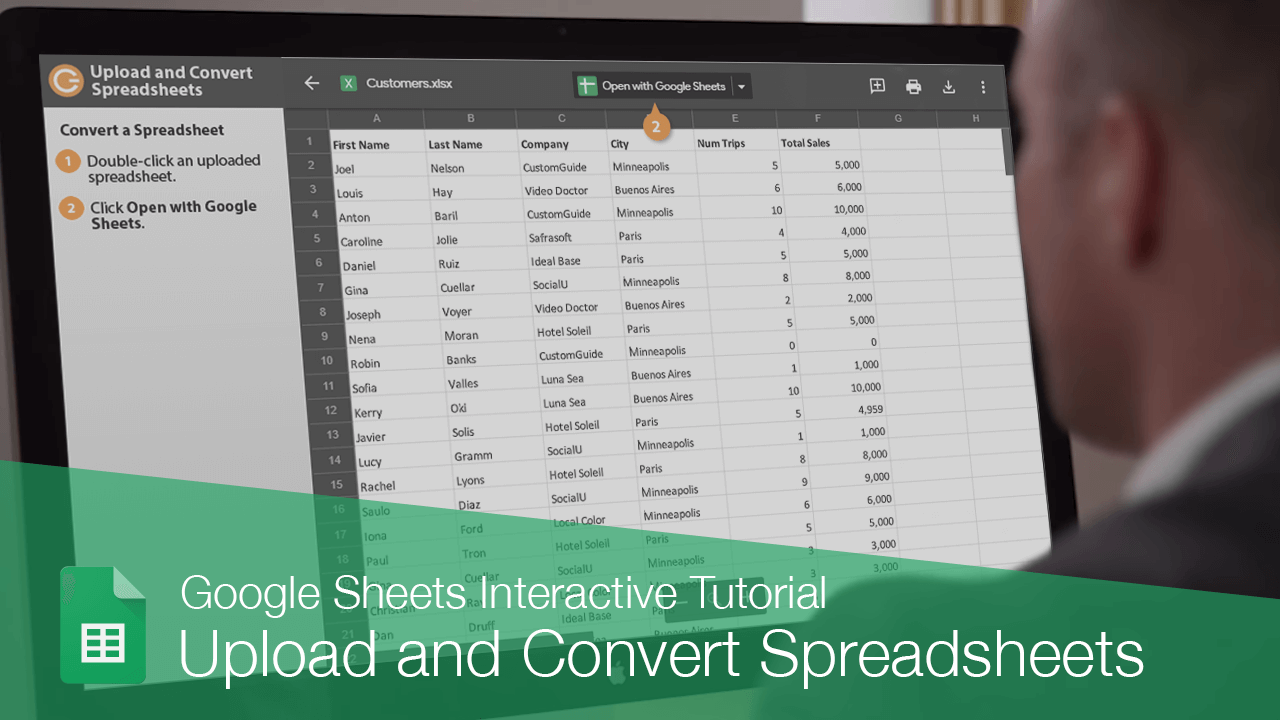
+
Yes, you can convert Google Sheets back to Excel by using the “Download as” option. Select Excel (.xlsx) as the format to save the file on your device.
What happens to my Excel formulas in Google Sheets?
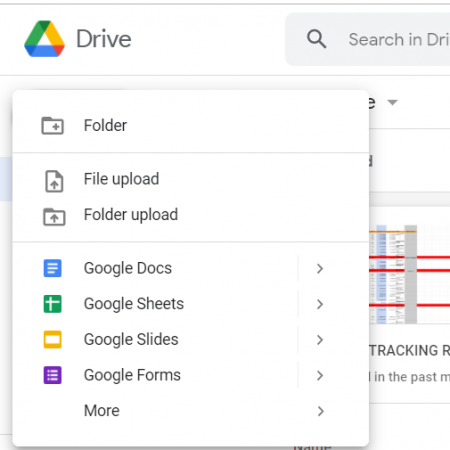
+
Most Excel formulas will work in Google Sheets, but some might require slight adjustments due to differences in function names or syntax. Always review your formulas after conversion.
Are there limitations when converting Excel to Google Sheets?

+
Yes, some Excel features like macros, pivot table styles, and certain add-ins will not transfer to Google Sheets. Additionally, large datasets might take longer to load.